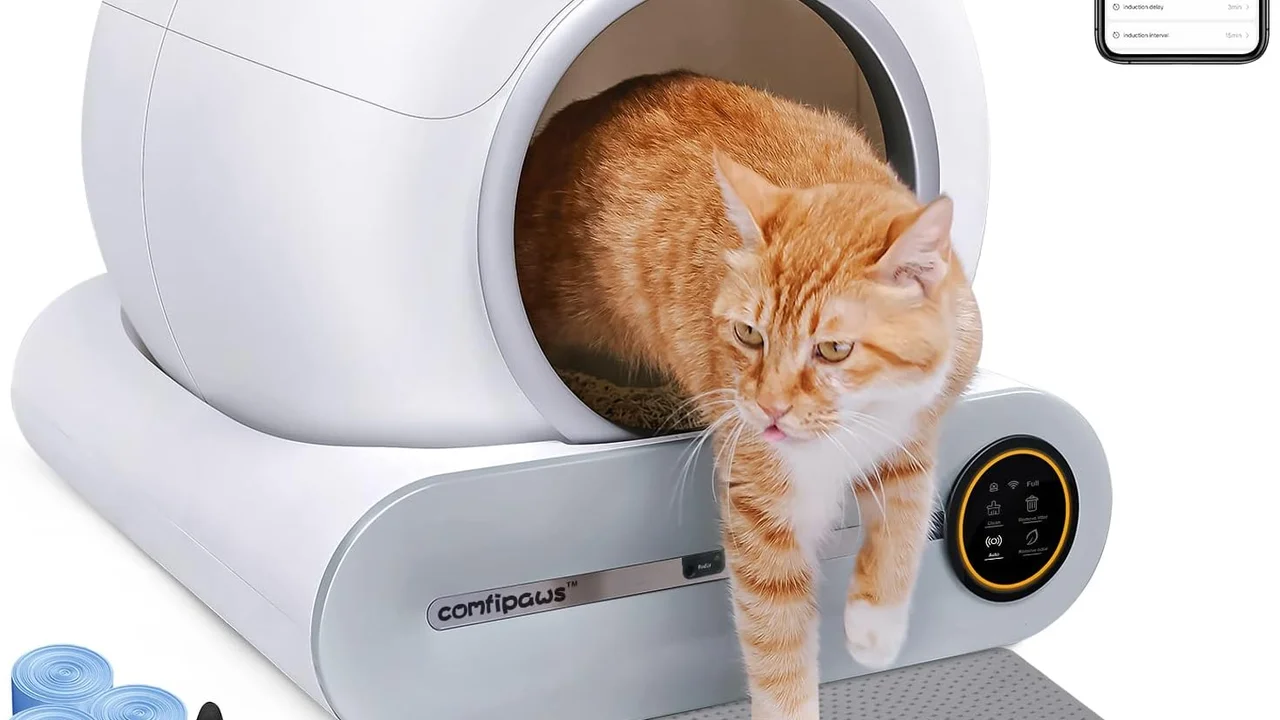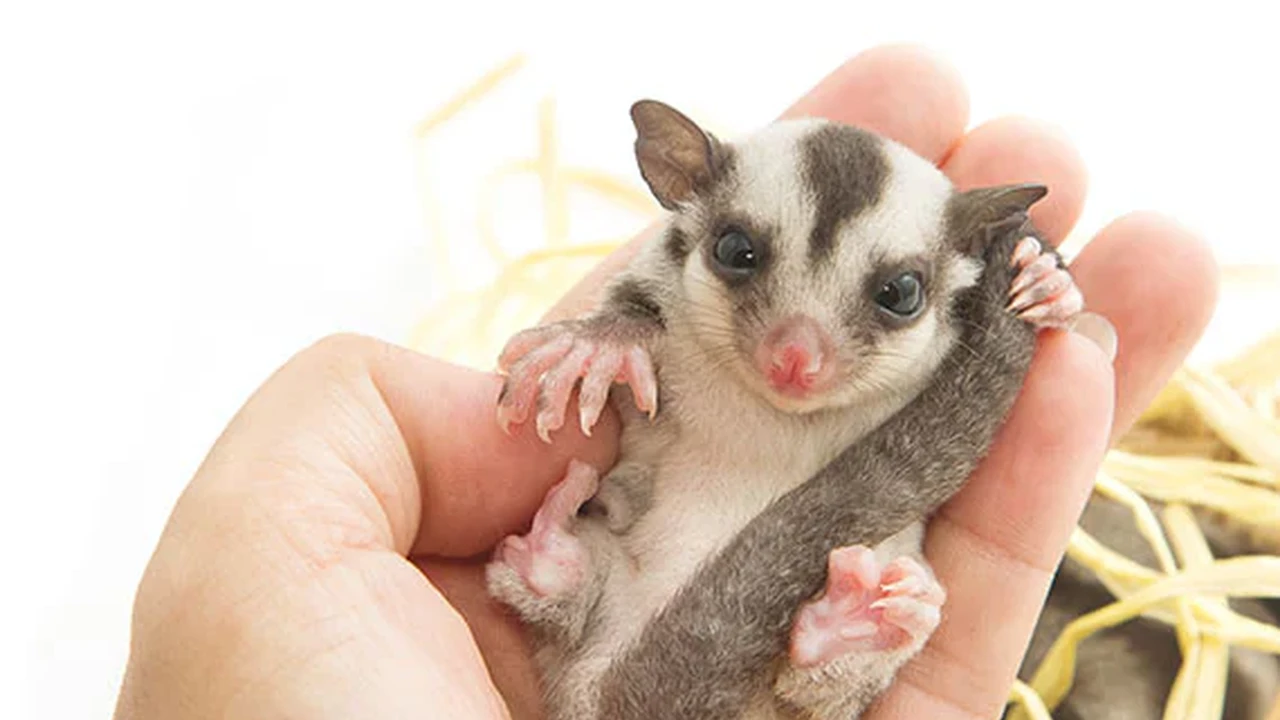5 Quiet Dog Breeds That Don't Bark Much
Tired of excessive barking? These dog breeds are known for their quiet demeanor. Explore breeds that are less prone to barking. Enjoy a quiet home life with these breeds.

Okay, so you love dogs, but you’re not a fan of the constant yap-yap-yapping? You’re dreaming of a peaceful home where the only sounds are the gentle snores of your furry friend? You’re not alone! Many dog lovers crave a quieter companion. Good news! There are several breeds known for their relatively quiet nature. Let's dive into five of the best and explore why they might be the perfect fit for your serene lifestyle.
Understanding Why Dogs Bark and How to Minimize It
Before we jump into the breeds, let's quickly touch on why dogs bark. Barking is a natural form of communication for dogs. They bark to alert you to danger, express excitement, seek attention, or even out of boredom. While we can't eliminate barking entirely (and shouldn't, as it's part of being a dog!), we *can* choose breeds that are naturally less inclined to bark excessively. Training, socialization, and providing plenty of mental and physical stimulation can further minimize barking in any dog.
#1 Basenji The Barkless Dog Breed (Almost!)
The Basenji is often called the "barkless dog," and while that's not entirely true (they *do* make a unique yodeling sound!), they are definitely one of the quietest breeds around. Originating from Africa, Basenjis are independent, intelligent, and clean dogs. They're often described as cat-like in their grooming habits.
Basenji Characteristics: Quiet Breed, Independent Dog, Cat-Like Grooming
- Temperament: Independent, intelligent, curious.
- Exercise Needs: Moderate. Daily walks and play sessions are important.
- Grooming: Minimal. They groom themselves meticulously.
- Size: Small to medium (around 24 pounds).
- Potential Health Issues: Progressive retinal atrophy (PRA), Fanconi syndrome (kidney disease).
Why They're Quiet: Basenjis simply aren't wired to bark like other dogs. Their larynx is shaped differently, making barking difficult. They communicate through yodels, howls, and growls, which are often much quieter than a traditional bark.
Ideal Owner: Someone who appreciates an independent dog and is willing to provide mental stimulation. They need consistent training and can be prone to mischief if bored.
#2 Greyhound The Gentle Giant Dog Breed (Surprisingly Quiet)
You might be surprised to see the Greyhound on this list! Known for their incredible speed, Greyhounds are often surprisingly quiet and gentle dogs indoors. These former racing dogs are generally laid-back and enjoy lounging around.
Greyhound Characteristics: Quiet Dog, Gentle Giant, Laid-Back Dog
- Temperament: Gentle, affectionate, laid-back.
- Exercise Needs: Surprisingly low. They need a daily sprint, but are otherwise content to relax.
- Grooming: Minimal. Short coat requires minimal grooming.
- Size: Large (60-70 pounds).
- Potential Health Issues: Bloat, osteosarcoma.
Why They're Quiet: Greyhounds are naturally quiet dogs indoors. They're not prone to excessive barking unless they're bored or anxious. Rescue Greyhounds often adapt well to apartment living due to their low-key nature.
Ideal Owner: Someone who can provide a daily opportunity for a sprint (a fenced-in yard or dog park is ideal) but is otherwise looking for a calm and affectionate companion.
#3 Shiba Inu The Independent and Reserved Dog Breed (But Can Be Vocal!)
The Shiba Inu is a small to medium-sized Japanese breed known for its fox-like appearance and independent spirit. While not as quiet as a Basenji or Greyhound, Shibas are generally less vocal than many other breeds. However, they *do* have a unique "Shiba scream" they unleash when unhappy or excited.
Shiba Inu Characteristics: Independent Dog, Reserved Dog, Fox-Like Appearance
- Temperament: Independent, alert, reserved.
- Exercise Needs: Moderate. Daily walks and playtime are important.
- Grooming: Moderate. They have a thick double coat that sheds seasonally.
- Size: Small to medium (around 20 pounds).
- Potential Health Issues: Hip dysplasia, patellar luxation.
Why They're Relatively Quiet: Shibas are independent and don't typically bark for attention. Their vocalizations are usually reserved for specific situations. However, their strong-willed nature means training is crucial to prevent excessive barking when they *do* feel the need to vocalize.
Ideal Owner: Someone experienced with dog ownership who can provide consistent training and socialization. They need a strong leader and can be prone to stubbornness.
#4 Bulldog The Docile and Low-Energy Dog Breed (A Quiet Companion)
Bulldogs are known for their wrinkly faces and laid-back personalities. These sturdy dogs are generally quiet and content to lounge around the house. They are not particularly energetic and don't require a lot of exercise.
Bulldog Characteristics: Docile Dog, Low-Energy Dog, Quiet Companion
- Temperament: Docile, friendly, courageous.
- Exercise Needs: Low. Short walks are sufficient.
- Grooming: Moderate. Their wrinkles need to be cleaned regularly to prevent infection.
- Size: Medium (40-50 pounds).
- Potential Health Issues: Brachycephalic syndrome (breathing difficulties), hip dysplasia, skin infections.
Why They're Quiet: Bulldogs are naturally low-energy and don't tend to bark unless provoked. Their docile nature makes them less likely to react to every little noise. However, their brachycephalic (short-nosed) structure can lead to noisy breathing, which some owners might find distracting.
Ideal Owner: Someone looking for a low-maintenance companion who doesn't require a lot of exercise. They need an owner who is aware of their potential health issues and can provide proper care.
#5 Borzoi The Elegant and Calm Dog Breed (Relatively Quiet Indoors)
The Borzoi, also known as the Russian Wolfhound, is a large and elegant breed known for its calm and gentle demeanor. While they were originally bred for hunting wolves, Borzoi are surprisingly quiet indoors and enjoy relaxing with their families.
Borzoi Characteristics: Elegant Dog, Calm Dog, Quiet Dog Indoors
- Temperament: Gentle, affectionate, independent.
- Exercise Needs: Moderate. They need a daily run or brisk walk.
- Grooming: Moderate. Their long coat requires regular brushing.
- Size: Large (60-105 pounds).
- Potential Health Issues: Bloat, progressive retinal atrophy (PRA).
Why They're Relatively Quiet: Borzoi are naturally quiet indoors and don't tend to bark excessively. They are independent and not prone to demanding attention. However, their hunting instincts can kick in outdoors, so a secure fence is essential.
Ideal Owner: Someone who appreciates a calm and elegant dog and can provide a safe space for them to run. They need an owner who is willing to commit to regular grooming.
Product Recommendations for Quiet Dog Breeds
Choosing the right products can further enhance the quiet and peaceful life you desire with your chosen breed. Here are a few recommendations:
Calming Dog Bed (Especially for Anxious Barkers)
Product: Furhaven Calming Dog Bed (Various Sizes and Prices)
Description: These beds are designed with a plush, faux fur surface that mimics the feeling of a mother's fur, providing a sense of security and comfort. The raised rim creates a sense of enclosure, further reducing anxiety. These are great for breeds that might bark out of anxiety, such as some Shibas or rescue dogs.
Usage Scenario: Place the bed in a quiet corner of your home where your dog can retreat and relax. Use it as a safe haven during stressful situations like thunderstorms or fireworks.
Comparison: There are many calming beds on the market. Furhaven is a well-known brand with a good reputation for quality and durability. Cheaper alternatives might not offer the same level of comfort or support.
Price: $30 - $80 depending on size.
Interactive Puzzle Toys (To Combat Boredom Barking)
Product: Nina Ottosson by Outward Hound Puzzle Toys (Various Levels and Prices)
Description: These puzzle toys challenge your dog mentally and physically, keeping them entertained and preventing boredom. Boredom is a common cause of barking, so providing mental stimulation can significantly reduce vocalizations.
Usage Scenario: Fill the puzzle with your dog's favorite treats or kibble and let them work to solve the puzzle and get the reward. Start with easier puzzles and gradually increase the difficulty as your dog learns.
Comparison: Nina Ottosson puzzles are known for their durability and clever designs. Other puzzle toys may be less challenging or easier for dogs to destroy.
Price: $15 - $40 depending on complexity.
Anti-Bark Collars (Use with Caution and Training)
Product: PetSafe Basic Bark Control Collar (Around $30)
Description: These collars deliver a mild static correction or vibration when your dog barks. *Important Note:* Anti-bark collars should only be used as a last resort and *always* in conjunction with positive reinforcement training. They are not a substitute for proper training and can be harmful if used incorrectly.
Usage Scenario: Only use this collar under the guidance of a professional dog trainer. Start with the lowest setting and gradually increase the intensity if necessary. Never leave the collar on your dog for extended periods.
Comparison: There are many types of anti-bark collars available, including those that use static correction, vibration, or citronella spray. Static correction collars are generally considered more effective but should be used with extreme caution. Vibration collars are a gentler alternative.
Price: $20 - $50
White Noise Machine (To Mask External Noises)
Product: LectroFan White Noise Machine (Around $50)
Description: A white noise machine can help mask external noises that might trigger barking, such as passing cars or neighbors. This can create a more peaceful environment for your dog and reduce their reactivity.
Usage Scenario: Place the white noise machine near your dog's bed or in a central location in your home. Experiment with different sound settings to find what works best for your dog.
Comparison: There are many white noise machines available at various price points. LectroFan is a popular brand known for its high-quality sound and durability. Simpler and cheaper machines may not offer the same range of sound options or the same level of effectiveness.
Price: $20 - $80
Dog Appeasing Pheromone (DAP) Diffuser (To Reduce Anxiety)
Product: Adaptil Diffuser (Around $30 for the diffuser and $20 for refills)
Description: Adaptil diffusers release a synthetic version of the dog appeasing pheromone, which is naturally produced by mother dogs to calm their puppies. This pheromone can help reduce anxiety and stress in dogs, which can, in turn, reduce barking.
Usage Scenario: Plug the diffuser into an outlet in a central location in your home. The pheromone will gradually release into the air, creating a calming environment for your dog.
Comparison: Adaptil is a well-known and trusted brand. Other pheromone diffusers may not be as effective or as long-lasting.
Price: $30 for the diffuser, $20 for refills.
Choosing a quiet dog breed is a great first step towards a peaceful home. Remember that training, socialization, and providing plenty of mental and physical stimulation are also crucial for minimizing barking in any dog. With the right breed and the right approach, you can enjoy the companionship of a furry friend without the constant noise.
:max_bytes(150000):strip_icc()/277019-baked-pork-chops-with-cream-of-mushroom-soup-DDMFS-beauty-4x3-BG-7505-5762b731cf30447d9cbbbbbf387beafa.jpg)






